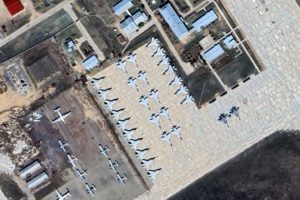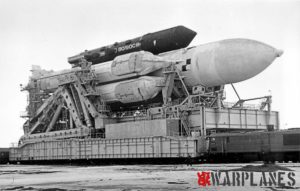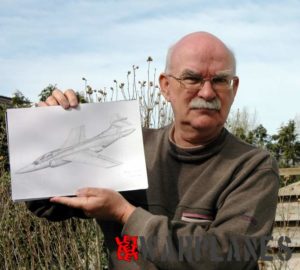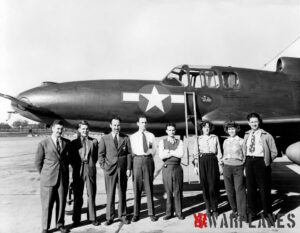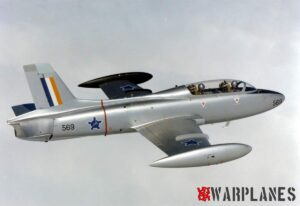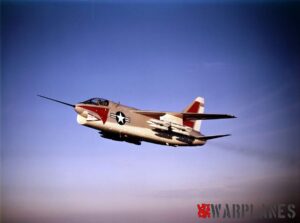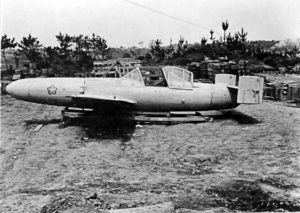F-35 Inlet Duct Drilling
A world leader in 3D and Product Lifecycle Management, Dassault Systèmes, announced today that Variation Reduction Solutions (VRSI), Inc. has selected DELMIA robotics solution for use in the Air Force Research Laboratory (AFRL) Guided Robots and Robotic Applications in Confined Spaces project. VRSI has received an AFRL research grant to develop a vision-guided automated solution for drilling inlet ducts in Northrop Grumman’ s F-35 Lightning II Joint Strike Fighter (JSF) centre fuselage.
DELMIA delivers a combination of proven industry practices, knowledge, and business processes, along with a best-in-class digital manufacturing portfolio to design the right solution to address specific needs.
To meet pressures to succeed, DELMIA offers companies the right infrastructure to plan, create, monitor and control all processes, from early process and assembly and modelling welding lines, robot and cell programming, to a complete definition of the production facility and equipment. Suppliers within these manufacturing segments benefit from DELMIA solutions that are detailed to meet their specific needs.
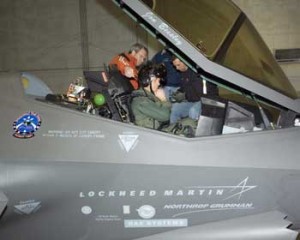 DELMIA’s Aerospace solution allowing manufacturing engineers and planners to define manage and deliver to the shop floor the content needed to manufacture aircraft or spacecraft. DELMIA Aerospace Solutions provide engineering and manufacturing, with the concept, process engineering phases all occurring simultaneously. With additional applications, electronic work instructions can be delivered directly to the mechanics on the shop floor. Thus reduces the cost of maintaining the work instructions. Since the instructions are validated in the manufacturing engineering world and can be 3D-based, the result is higher quality work instructions. This, in turn, provides increased first-time production quality.
DELMIA’s Aerospace solution allowing manufacturing engineers and planners to define manage and deliver to the shop floor the content needed to manufacture aircraft or spacecraft. DELMIA Aerospace Solutions provide engineering and manufacturing, with the concept, process engineering phases all occurring simultaneously. With additional applications, electronic work instructions can be delivered directly to the mechanics on the shop floor. Thus reduces the cost of maintaining the work instructions. Since the instructions are validated in the manufacturing engineering world and can be 3D-based, the result is higher quality work instructions. This, in turn, provides increased first-time production quality.
Currently, the air inlet duct is integrated with the fuselage by attaching aluminium frames to the composite duct via mechanical fasteners. Each duct is about nine feet long, yet only 20 inches in internal diameter. Despite the space constraints, the operation is done manually and requires the drilling and countersinking of 800 holes per duct.
“The DELMIA robotics simulation solution will allow us to produce feasibility studies to determine how many of the holes the robot arm can reach,” said Brett Bordyn, director of technical development, VRSI. “Without this simulation tool, we would not be able to properly configure and program a robot to handle such a difficult process.”
Bordyn explained that each of the 800 drilling points has a unique safe-radius area and that the DELMIA solution allows VRSI to create multiple collision and near-miss queues to ensure collision free robot trajectories within the confined duct space. It is expected that the automated drilling will reduce the process time by 50%.
The prototype system, expected to be delivered mid-2008, will rely upon a vision-guided Fanuc Series 2000/125L robot to enter the narrow duct opening. A laser tracking system will then help locate the correct positioning within a very narrow tolerance of each hole in order to perform the robotic drilling operation. A laser inspection process is then performed to evaluate the quality of each hole.
Over the following year, the prototype will then be developed into a production inlet duct robotic drilling system. It is anticipated to receive shop floor certification in the summer of 2009 and be complete by end of 2009 for use in the aircraft build.
Auburn Hills, Mich., USA, July 2, 2008
Darko Mladenovic

